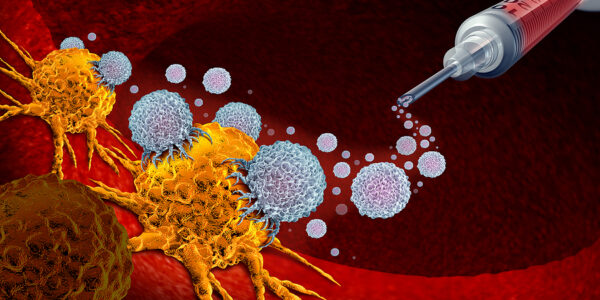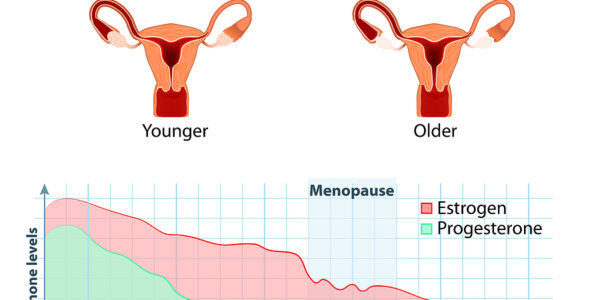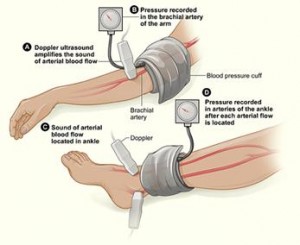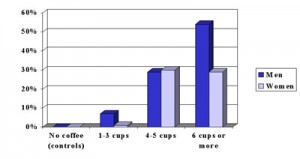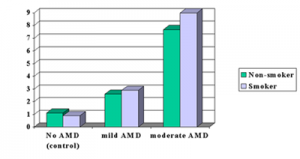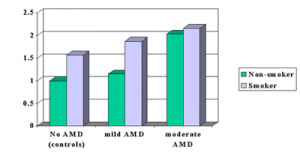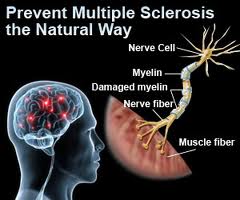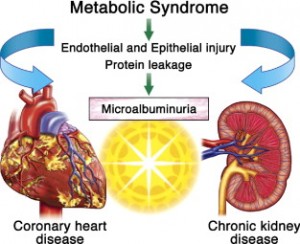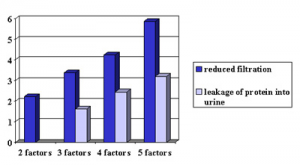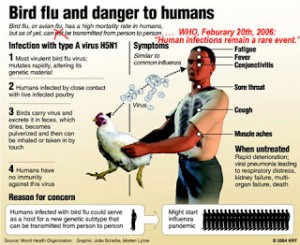Two publications recently highlighted the importance of the p53 gene that is located on the human chromosome 17, which has been dubbed the “guardian of the genome”.
It appears that its role is to suppress any cell that has damage of the genetic material (of the DNA). If the suppressor gene p53 is not working in a cell, it will continue to divide and become a cancer cell. Only, if the p53 gene is working properly, will the cell go through its normal life cycle, which includes cell birth, a certain period of life and cell death (“apoptosis”).
This sounds all very theoretical, but I will demonstrate with two examples from the current medical literature how this knowledge has already been used and will likely be developed further in a practical sense in cancer patients. The first paper has to do with repairing damaged p53 genes directly with genetic modifications. The second paper approaches this problem from a different angle. It deals with the other half of cancers that originate not from genetic defects of the p53 gene, but from an overproduction of inhibitors that are produced in the cell itself, particularly in many cancer cells. A new class of very promising compounds have been developed that can neutralize the action of the inhibitors and normalize p53 function.
1. The cancer treatment specialists at the M.D. Anderson Cancer Center in Houston/Texas have done several clinical trials where they have proven that with the help of gene transfers into tumor cells of lung cancer patients the survival in these previously hopeless cancer patients can be significantly improved. A summary of these studies has been published in the February 2004 edition of the Hematology/Oncology Clinics of North America.
45% to 75% of these types of lung cancers have the p53 gene deficiency and for this reason are particularly difficult to treat as they are not responsive to chemotherapy or radiotherapy. These researchers and many other researchers in this field have shown that the specialist can transfer the missing p53 gene back into the cancer cells in a number of ways and this way change their growth pattern. These modified cancer cells either stop behaving like cancer and the patient is cured (a certain percentage, but not the majority). On the other hand the changed cancer cells can often be rendered more sensitive to chemotherapy and radiotherapy, which happens in about 60 to 70% of the genetically treated cases. Overall it is now possible with a combination of gene therapy and chemotherapy and/or radiotherapy to get about a 50% response rate and about 20% cures on the longterm. In the past all of these patients would have died within a few months from the initial diagnosis. The researchers of that publication stressed that these new treatment approaches are not yet routine in cancer treatment, but that with further refinements there will soon be more hope for these difficult cancer patients. This would be applicable not only for the difficult to treat lung cancer patients, but also for many other types of soft tissue cancers that often have p53 gene deficiencies and that up to now have often been untreateable.
2. The second paper that fits into this topic was published recently in the January 2, 2004 issue of the magazine Science. Researchers from the Hoffmann-La Roche labs in Nutley, New Yersey, have found that a new class of smaller molecules is able to inhibit the main group of oncoproteins known as MDM2 inhibitors that interfere with normal p53 function. The molecular oncologists at Hoffmann-La Roche under chief researcher Lyubomir Vassilev have successfully undertaken research in this complex interaction between the life saving p53 gene action and the undermining effects of various oncogene proteins and in particular the MDM2 inhibitors. There are two such substances of a new class of potential drugs that seem to be particularly promising. The new class of drugs was coined “Nutlins” in honor of the site of where they were discovered. Nutlin-1 has been tested in cultured tumor cells and was able to boost p53 activity resulting in sudden normal function. The cancer cells stopped dividing and disintegrated (due to the normal tumor fighting action of the p53 gene).
Another similar molecule, called Nutlin-3, was fed to nude mice who are deficient in their immune system and that are used by cancer researchers as a model to grow various types of tumors. In this model there was a 90% cure rate, which is unheard of as usually 100% of these nude mice would die from any transplanted tumor. There were no demonstrable side-effects in these mice that survived. Drs. Vassilev and David Heimbrook from the Hoffmann-La Roche cancer drug unit pointed out that this type of effect is much better than any cancer drugs that are presently used, however they added that it will be very difficult to predict how quickly this could be translated into the human situation with clinical trials. There is definitely a niche for treating sarcoma, which is one of the more difficult to treat cancers. Other cancers would be malignant tumors of the connective tissues, of nerves, bones, blood vessels, fat, muscles, deep skin tissues and cartilage. Many of these as well as some lung cancers produce high levels of the MDM2 protein. It is these types of tumors that would be the most likely candidates for early human trials with the Nutlins.
References: 1. February 2004 edition of the Hematology/Oncology Clinics of North America (Volume 18 • Number 1 • February 2004), published by Saunders, and entitled “Gene replacement therapy for non–small cell lung cancer: a review”. 2. January 2, 2004 issue of the magazine Science.
Comment On Oct. 26, 2014: As can be seen from this reference in 2011 nutlins persist, but likely have to be combined with other specific anti-cancer agents in the future.
Last edited October 26, 2014
